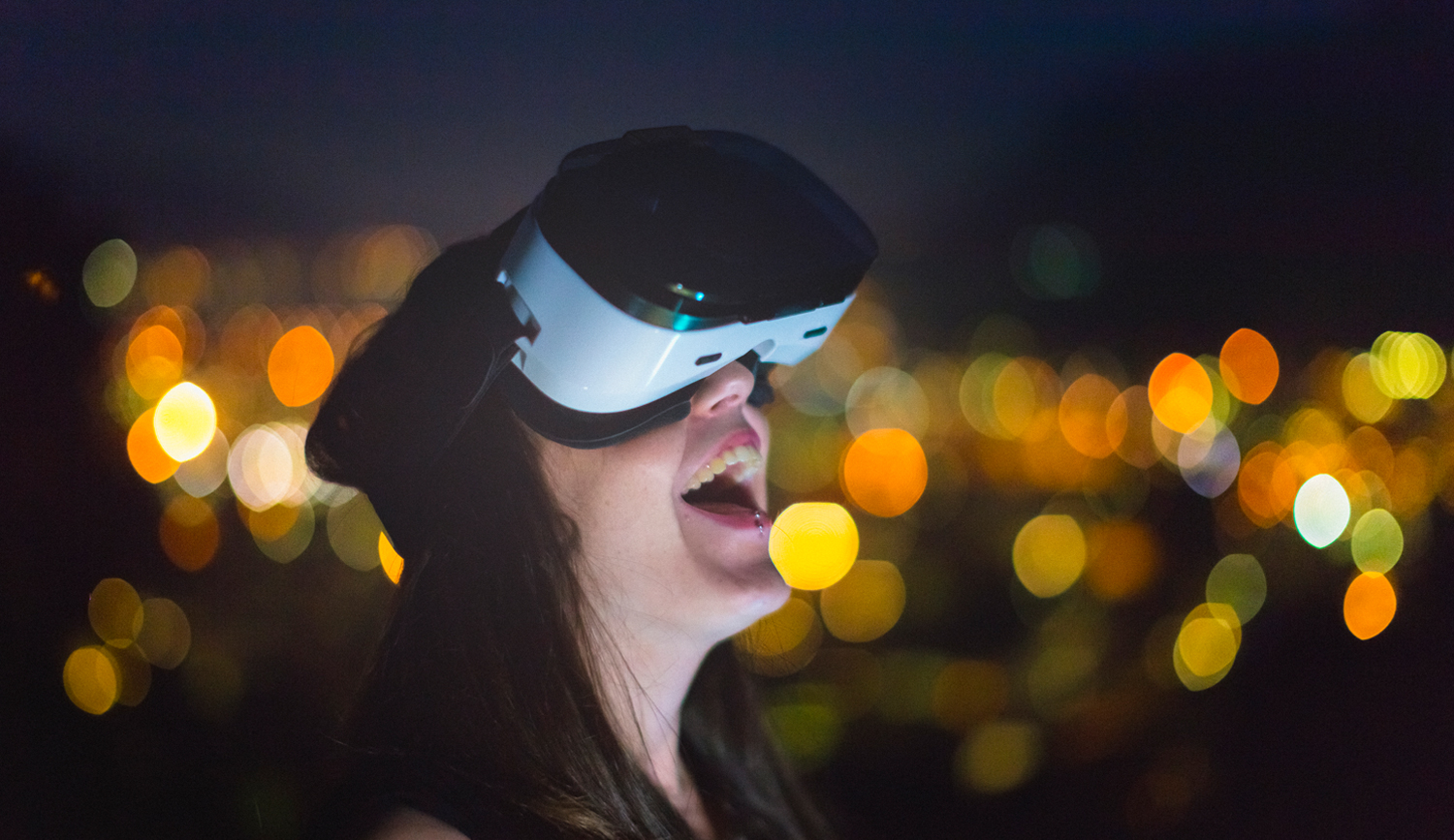Every day, large companies are working on hundreds of projects that should make our lives easier. Today we will review the history and development of the amazing technology that has actively joined our lives in recent years. This is virtual reality (VR). Almost any company dealing with electronics is interested in its development.
The History of the Emergence and Development of VR Technologies
Virtual reality is world objects and subjects created by technical means, transmitted to a person through his sensations: sight, hearing, charm, touch, and others.
3D images were the first points where the history of VR started. Interest in VR first took on a concrete form in the middle of the 19th century.
From Elliot’s simple slit stereoscope in 1829 and Charles Winston’s two-mirror design in 1832 to the likeness of David Brewster’s first stereoscopic spectacles in 1849 and the slightly more elegant Holmes-Bates spectacles of the 1860s. The principle of operation of a stereoscope is the basis of all current VR headsets.
In 1957, inventor Morton Heilig introduced the Sensorama to the world. This device is the world’s first VR simulator, which, with the help of short films, immersed the viewer in a fictional world.
After 10 years, Ivan Sutherland created the first headset, the image of which was created using a computer. The development of technology was in full swing, and in the mid-1980s, systems appeared that made it possible to interact with three-dimensional objects on the screen. Soon, the scientist Jaron Lanier coined the term “virtual reality”.
The big breakthrough is the emergence of a system for games, which was developed by Jonathan Waldern. The first option looked like a helmet with displays, the second one looked like an automatic machine equipped with a steering wheel.

How Does VR Work?
VR equipment involves the greatest interaction with the participant. VR content development is an integral part of a comprehensive solution that creates a full-fledged presence effect.
Content for VR headsets provides an interactive journey into the virtual world. The ability to view by turning your head in a dynamic environment completes the feeling of complete immersion. The ability to develop VR applications allows you to make a truly effective presentation with the direct participation of the audience. Used for interactive entertainment, they will give the participants a lively emotional experience.
Where Is VR Used?
Virtual reality is an industry in which infrastructure and technology are developing in parallel with the development of content. After all, if there is a helmet or virtual reality glasses, then there must be something that you can look at and do through them. Therefore, we can identify several key directions for the development of the industry, depending on the content and scope:
- Games. The primary difference between VR and other platforms, from the point of view of the gaming industry, is the resulting gaming experience and immersion in a new world that cannot be recreated on any other platform.
- Movies. The film industry in VR format is rapidly becoming a separate market niche and even a separate art form.
At the same time, the attitude towards VR films is very ambiguous — from enthusiastic expectations to complete skepticism. However, filmmaking in virtual reality is still being promoted by the efforts of enthusiasts.
- Sports broadcasts and shows. Unlike native cinema, the creation and distribution of television or meta-television content in VR format have excellent monetization prospects and are rapidly gaining popularity.
- Education. Many startups are involved in the development of educational VR technologies for schools and universities in science and engineering. Now, many services offer users the to look into the museum of the world and get acquainted with high art in virtual reality.
- Trade and real estate. One of the obvious ways to use VR technologies in trade and real estate is to organize virtual tours of apartments and houses, as well as the 3D design of new buildings and interiors. As a result, realistic presentations of apartments are obtained, which the buyer can see at least on the other side of the world.
- Industry. VR is now widely represented by tools for designing training and retraining employees, with solutions for engineers, doctors, and architects.
The development of VR does not stand still, and today we can observe the use of this technology in various fields. However, modern virtual reality is based on the principles that are used in a stereoscope created more than a century and a half ago.
